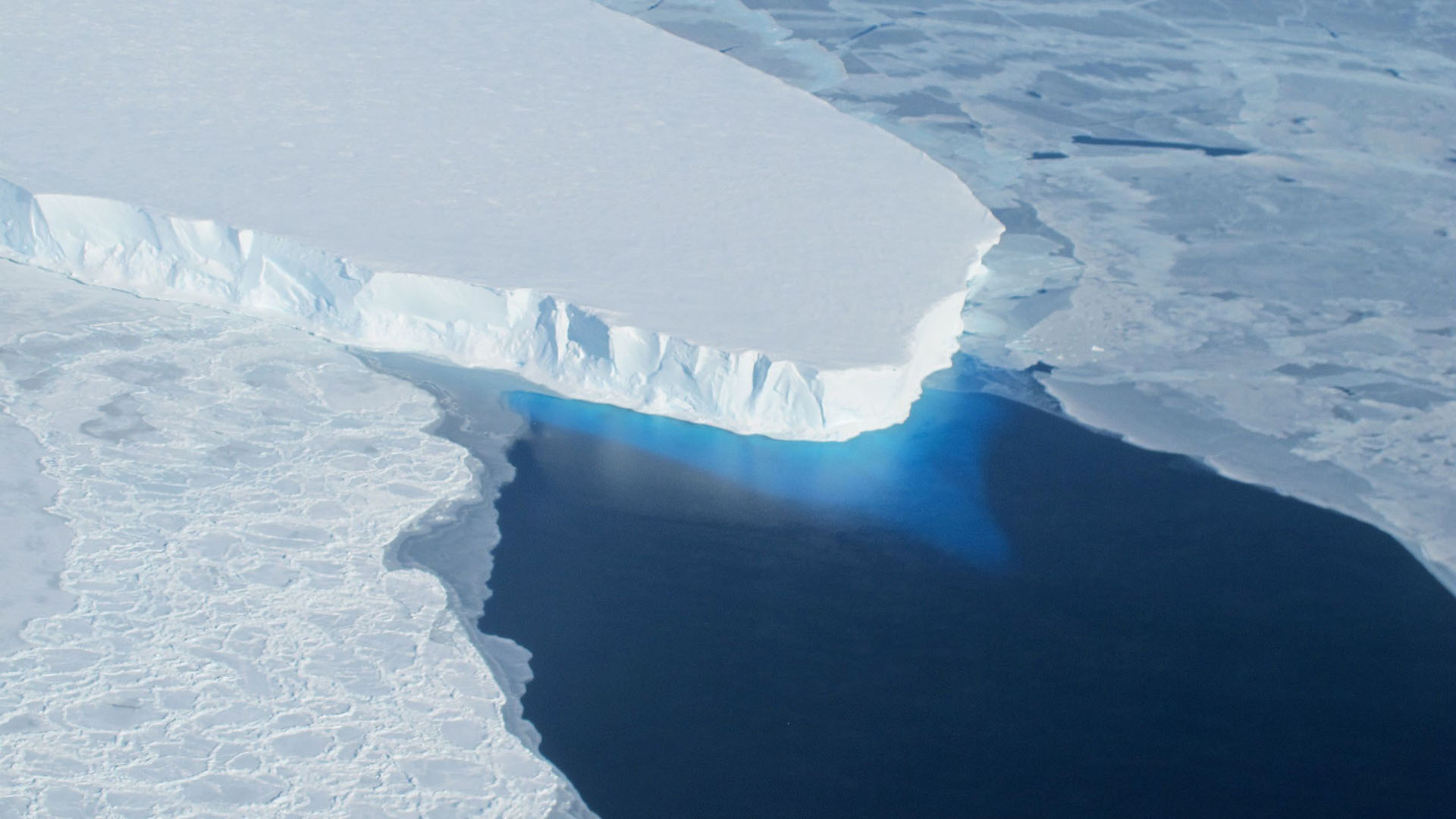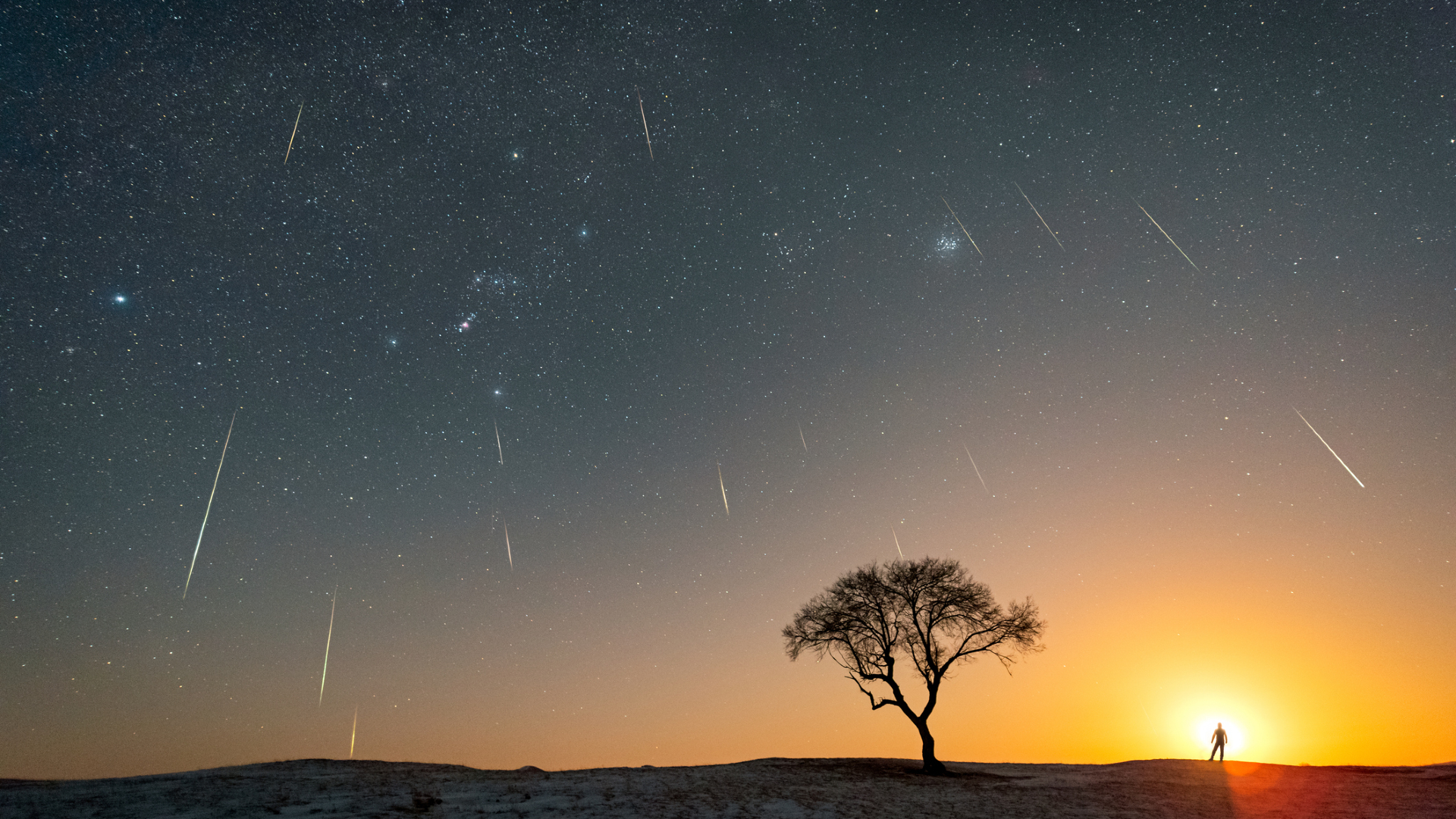Doomsday Glacier melting in Antarctica means terrible news for global sea level rise
The collapse of the glacier could trigger a chain reaction leading to the collapse of surrounding glaciers.

The Thwaites Glacier in Antarctica, also known as the Doomsday Glacier, is melting in unexpected ways that could lead to its rapid collapse, a new study has revealed.
Two teams of researchers have used an underwater robot and drilled deep holes into the Florida-sized Thwaites Glacier to study its melting patterns in unprecedented detail.
The researchers from the International Thwaites Glacier Collaboration discovered that while the overall melting of ice is slower than expected, melting in cracks and crevasses and other vulnerable areas is proceeding much more rapidly. The Thwaites Glacier is often called "the Doomsday Glacier" because its collapse could cause catastrophic sea level rise.
"Our results are a surprise but the glacier is still in trouble," British Antarctic Survey oceanographer and research team member Peter Davis, said in a statement. "If an ice shelf and a glacier is in balance, the ice coming off the continent will match the amount of ice being lost through melting and iceberg calving. What we have found is that despite small amounts of melting, there is still rapid glacier retreat, so it seems that it doesn't take a lot to push the glacier out of balance."
Related: 10 devastating signs of climate change satellites can see from space
Thwaites Glacier is located in West Antarctica and covers 74,000 square miles (192,000 square kilometers). One part of the glacier juts out into the ocean and holds back the rest of the ice-mass that lies on bedrock, thus preventing it from slipping from the land to the sea.
Because the Thwaites Glacier slopes down towards the sea, it is particularly susceptible to climate and ocean temperature changes that could lead to rapid and irreversible ice loss. The collapse of Thwaites would cause seawater levels to rise by around 2 feet (65 centimeters). This could, in turn, destabilize neighboring glaciers, potentially increasing future sea levels by almost an additional 10 feet (3 meters).
Breaking space news, the latest updates on rocket launches, skywatching events and more!
To assess the Thwaites Glacier's vulnerability to collapse, the two groups observed ice melt rates and the properties of the glacier and its surrounding ocean by lowering instruments via a 1,925 feet (587 meters) deep hole drilled into the ice and by launching a torpedo-shaped underwater robot called Icefin under the glacier.
Icefin is particularly useful for investigating the grounding zone of Thwaites, the point at which the glacier touches the ocean floor, which has previously been almost impossible to study. The grounding zone of this glacier has retreated by 8.7 miles (14 kilometers) since the 1990s, making Thwaites one of the fastest-changing glaciers in Antarctica. The factors causing this retreat are, however, poorly understood.
The new data provides a clearer picture of the changes taking place under Thwaites, revealing that ice in cracks across the glacier is melting quickly. Melting in cracks and crevasses is potentially dangerous because as water funnels through them, heat and salt can be transferred into the ice. This can result in the widening of these crevasses, causing large rifts in the ice shelf. Cracks and crevasses weren't the only area of the shelf experiencing rapid melting, however.
While a layer of cold fresh water below the bottom of the ice shelf and above the underlying warm ocean is slowing the rate at which the flat parts of the ice shelf melt, the team was shocked to discover that melting across the bottom of the ice shelf has created a staircase-like formation. In these staircase-shaped regions, called terraces, the ice of Thwaites is also melting rapidly.
The melting of ice in these terraces, cracks, and crevasses may become major factors in the loss of ice from Thwaites in the future, especially as major rifts progress across the ice shelf. This means these features may become the primary trigger for ice shelf collapse at Thwaites.
"These new ways of observing the glacier allow us to understand that it's not just how much melting is happening, but how and where it is happening that matters in these very warm parts of Antarctica," Cornell University researcher and Icefin team member Britney Schmid said.
The research is published across two papers both featured in the journal Nature.
Follow us on Twitter @Spacedotcom or on Facebook.

Robert Lea is a science journalist in the U.K. whose articles have been published in Physics World, New Scientist, Astronomy Magazine, All About Space, Newsweek and ZME Science. He also writes about science communication for Elsevier and the European Journal of Physics. Rob holds a bachelor of science degree in physics and astronomy from the U.K.’s Open University. Follow him on Twitter @sciencef1rst.
